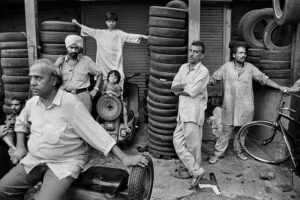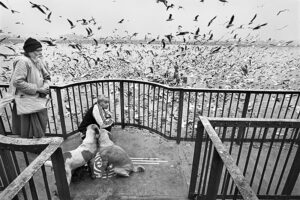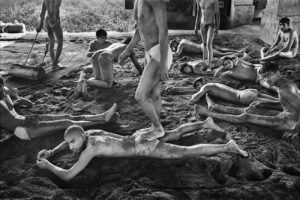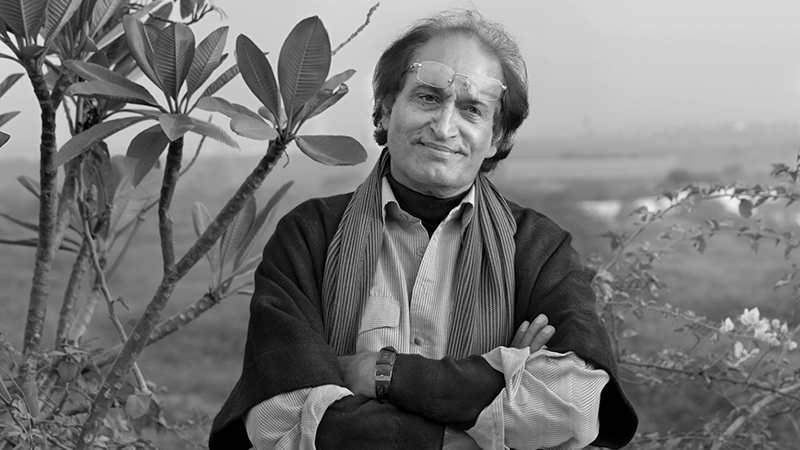What is it about legendary lensman Raghu Rai that captures the fancy of an audience? At 82, he is unstoppable when asking for lights to be focussed on the audience, so he could see the ‘eyes’ of those eager to listen to him. Even before he begins his talk at the India Design Week 2024, the auditorium reverberates.
Dressed in a bright red jacket with a camera around his neck, Rai addresses the audience. “Design is all pervasive; it lies silently in the clothes we are wearing or even the space we are all gathered in today. I want to look at the intense faces in the audience and capture their reactions in my mind. So, (I say) ‘let there be light’.”

About accessing the venue of the fair, NSIC Grounds, New Delhi, owing to the traffic jam outside, Rai had some concerns. “I urge the organizers to, when they are focused on talking about design inside, fix the design outside for a smoother transition. We need to make it easy for the participants and speakers,” he says.
He calls himself publicly a ‘nasty guy’, as his statements are uncoloured or ‘politically correct’. “Look at what we have reduced Gurugram to – a secondhand copy of Singapore, but what we do not understand is the place has only one weather. Why are we aping others?” he asks. His wife Gurmeet Rai, an architect, says the people who lived around Red Fort, and Old Parliament House were “the conscience keepers of that place”. She feels sorry that they have been evacuated just to give the monuments a cosmetic makeover.

There is an ongoing exhibition titled ‘Raghu Rai – A thousand lives: Photographs from 1965 – 2005’ at Kiran Nadar Museum of Art, Saket, New Delhi, from February 1-April 30. Featuring a collection of black and white images, which portray the buzzing streets and by-lanes, nooks and corners, walls and facades, bridges, and bazaars of Delhi, it showcases Rai’s world caught on camera for nearly six decades. He has photographed the pulse of the ‘everyday’ and calls it ‘live theatre’. “I love photographing Delhi. I capture the time we live in – when I first took a picture of Humayun’s Tomb, 40 years ago, bullock carts were seen, and women were picking out weed from grass. There was poetry in that; now it has all been ‘cleaned up’ and has lost its essence,” he says.

“My world is fluid, just like nature or daily life that changes every day. I believe in the Zen philosophy of being ‘here and now’ and when I am photographing, I try to connect with everything in that space to make sense of the chaos. It throbs with energy, my heartbeat matches the beat of the place, and then there is life – nature performs for me,” says Rai. “Everything around is about rhythm and design. The best pictures emerge when you are connected with the things around you.” He mocks Indians who look at design through Western sensibilities. “Design must be a combination of sustainability, utility, and aesthetics.”

When everyone was forced to stay indoors during the pandemic, Rai began to explore Hinduism. He read the epics in an attempt to understand what it had to say. “Any religion that is tied up to rituals lacks compassion. Dharma, which is not from the heart, is not dharma. The same goes to design,” he says.
He told his daughter Avani Rai to adopt his principles in her pursuit of photography. “I ask her to invest her heart and soul in a picture, and energise a needy world with her thoughts. Instant gratification is what the generation of today seeks. But that’s where the loss is bigger – yourself,” says Rai.


Leave a Reply